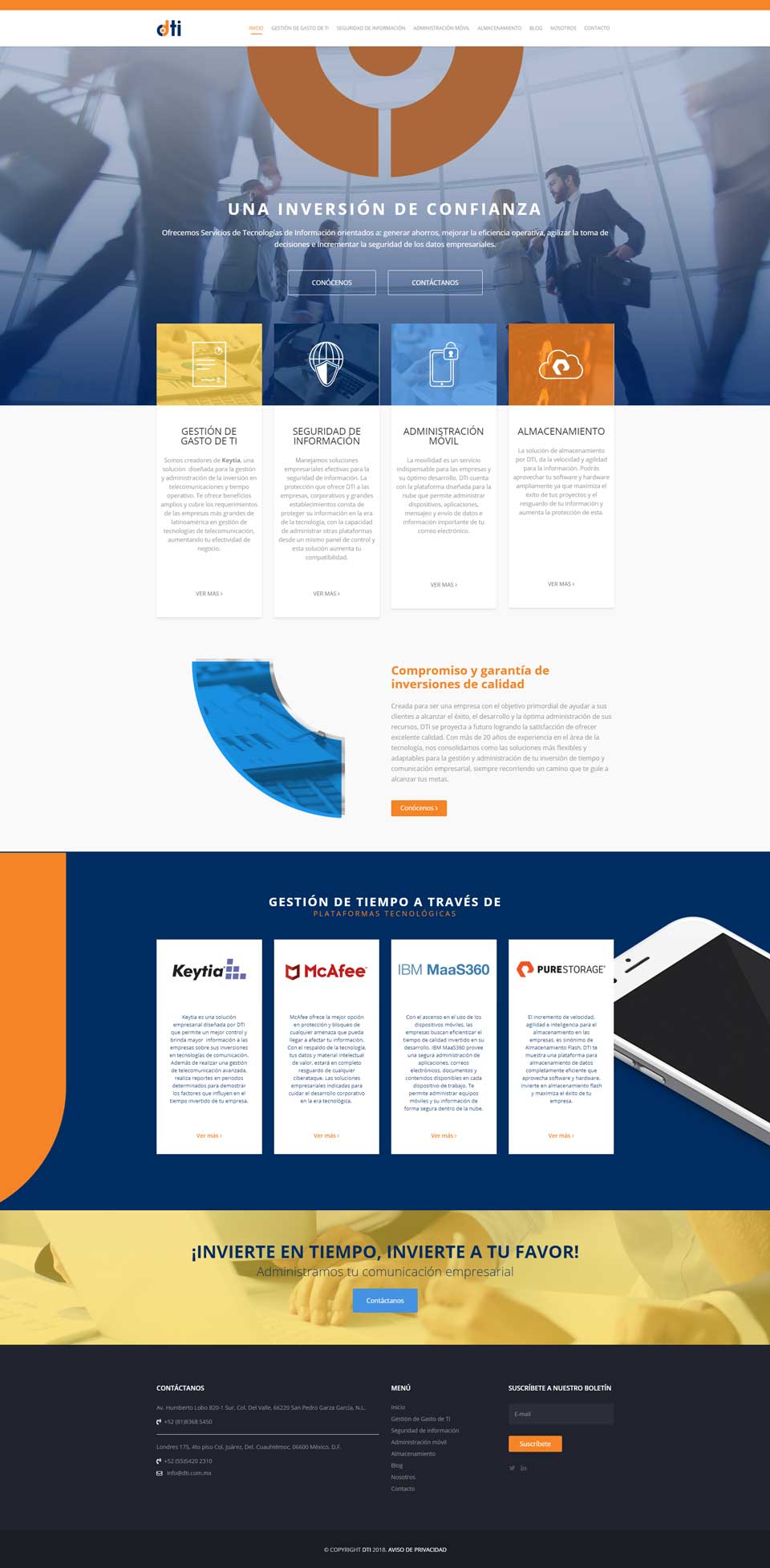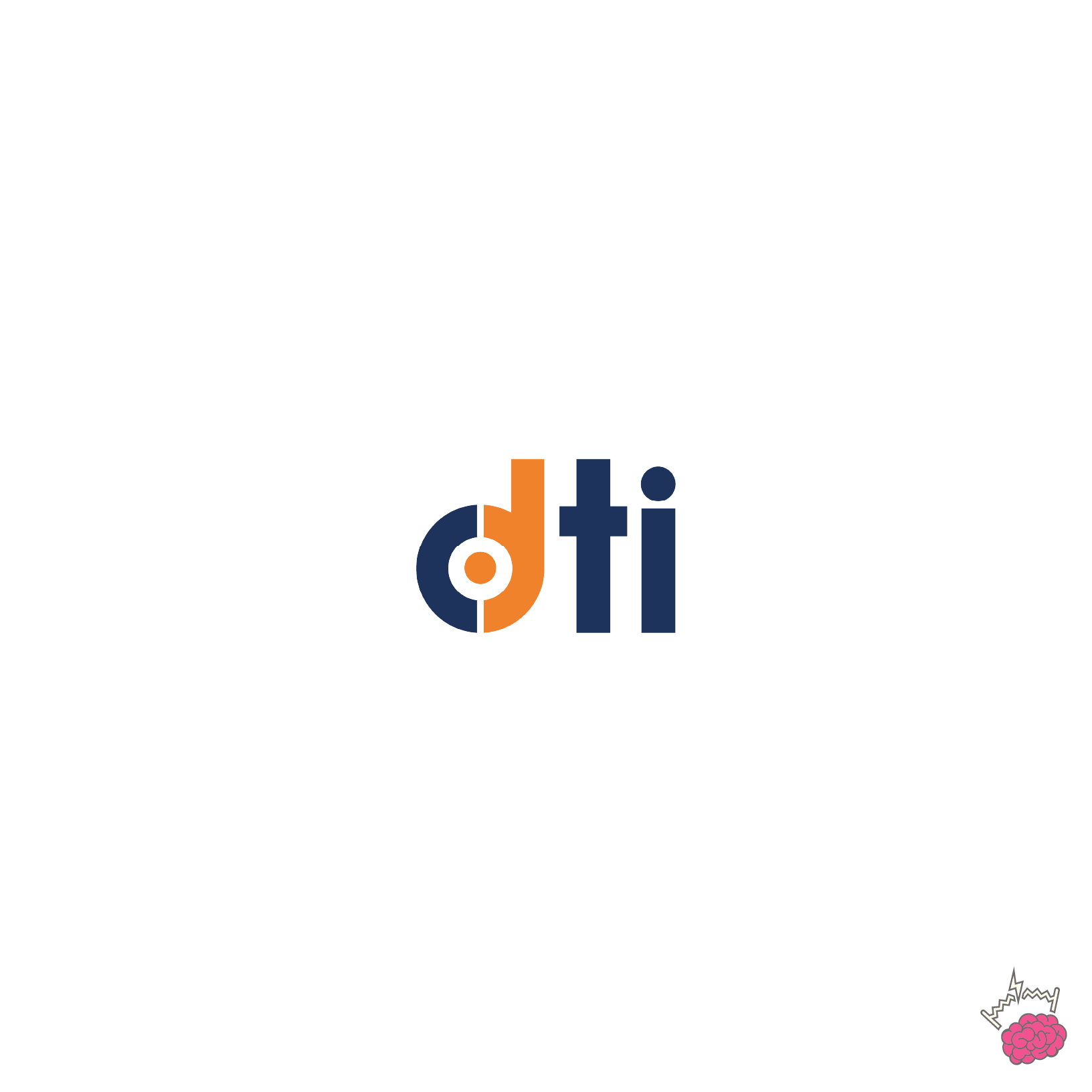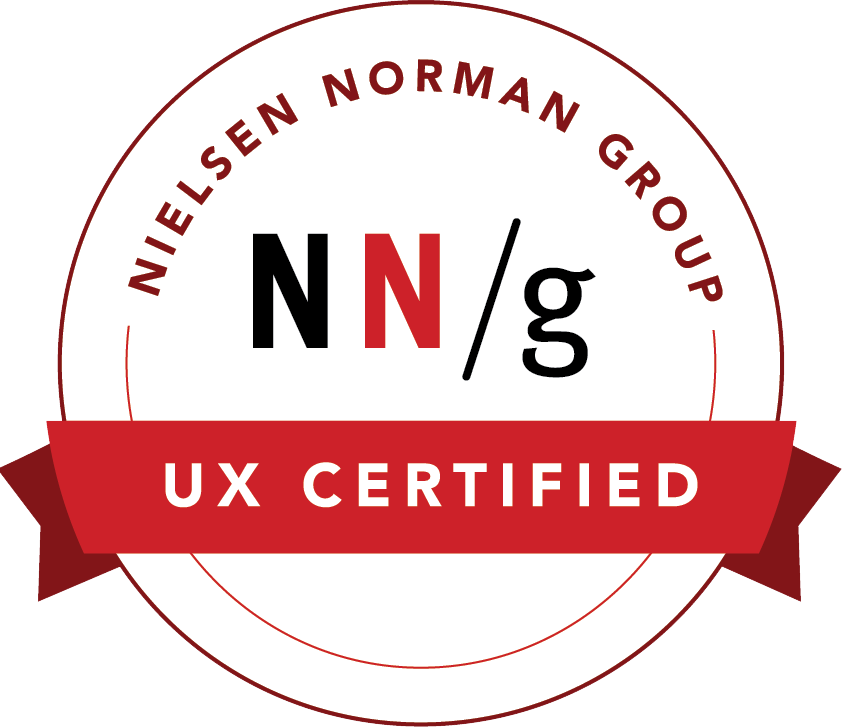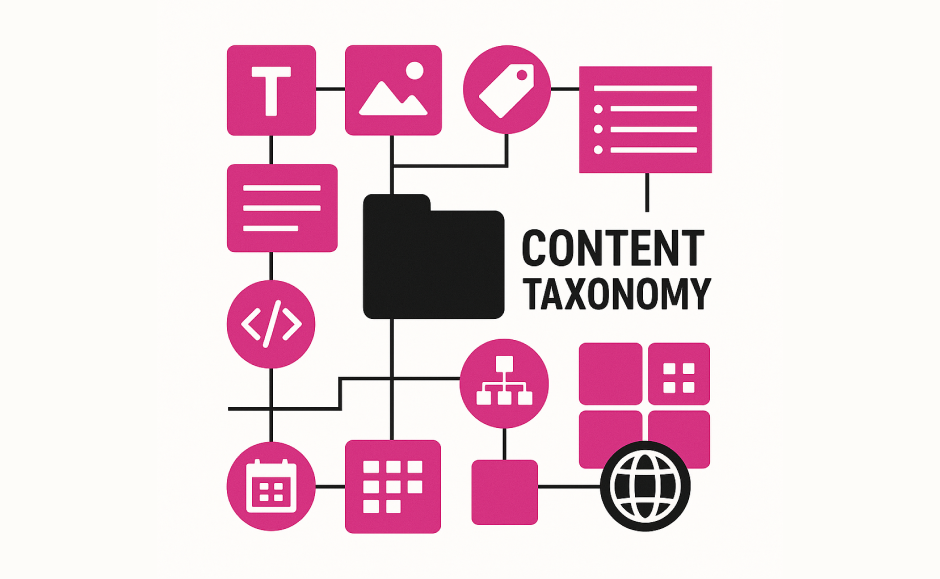Case Study
Modernizing DTI’s Digital Presence and Web Applications
The DTI project, executed through Agencia Huit, focused on a comprehensive website transformation.
Overview
The objective was to enhance the user experience, improve accessibility, and ensure a contemporary, efficient digital interface that could support DTI’s operations and user interactions effectively, as well as improve the SEO and discoverability of the website.
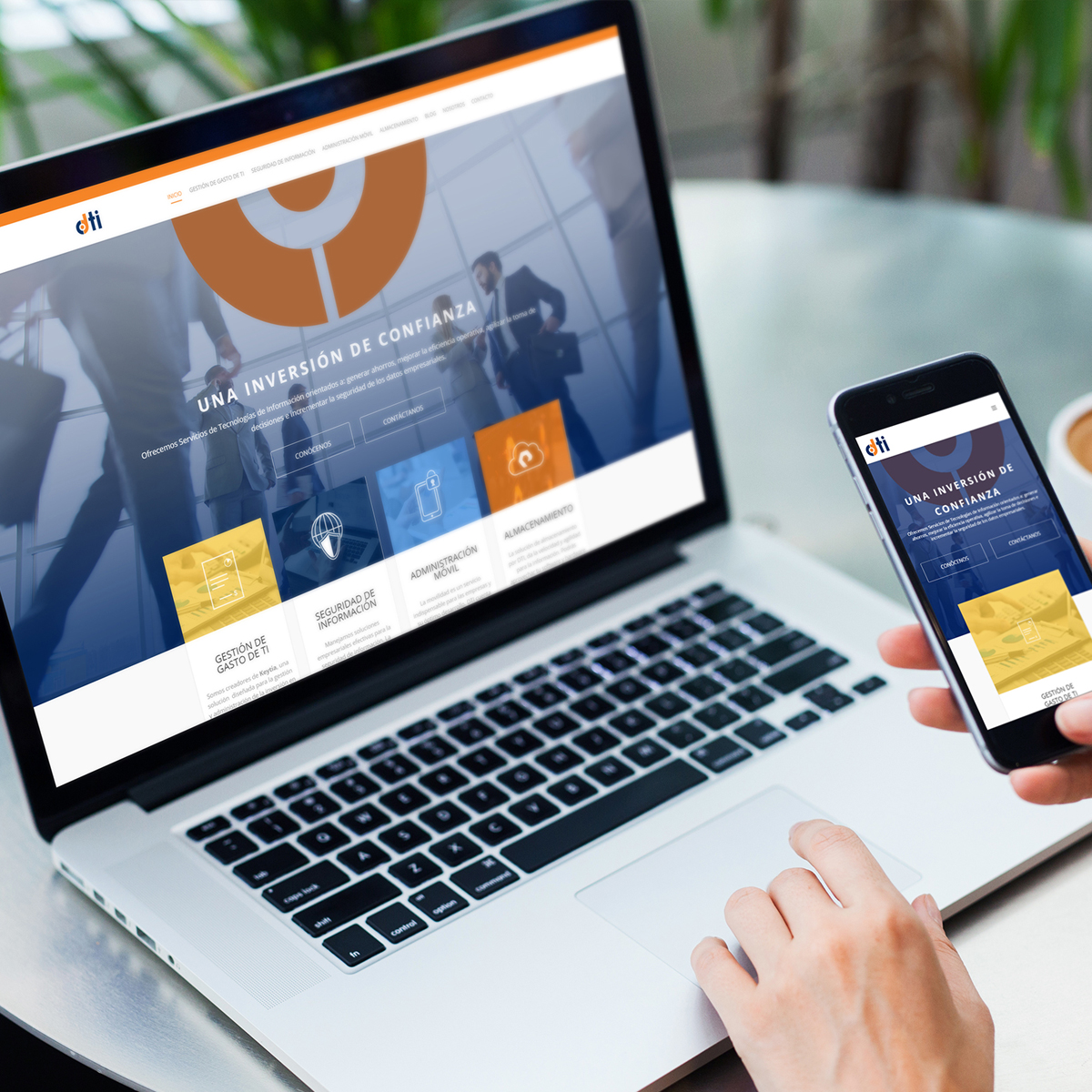
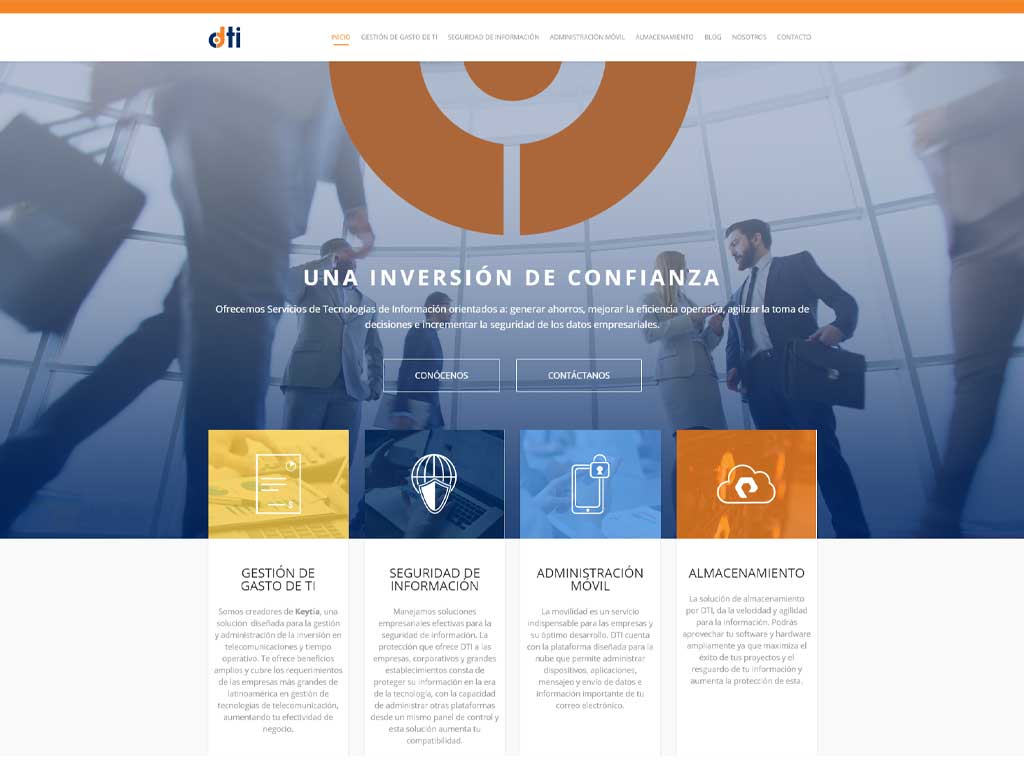
The Challenge
The core challenge was to modernize DTI’s online presence, which included redesigning their existing website to be responsive and implementing their own Linux server for online hosting.
My Contributions & Process
As the UX & UI Designer for this project, my contributions were pivotal in both strategic planning and hands-on design execution:
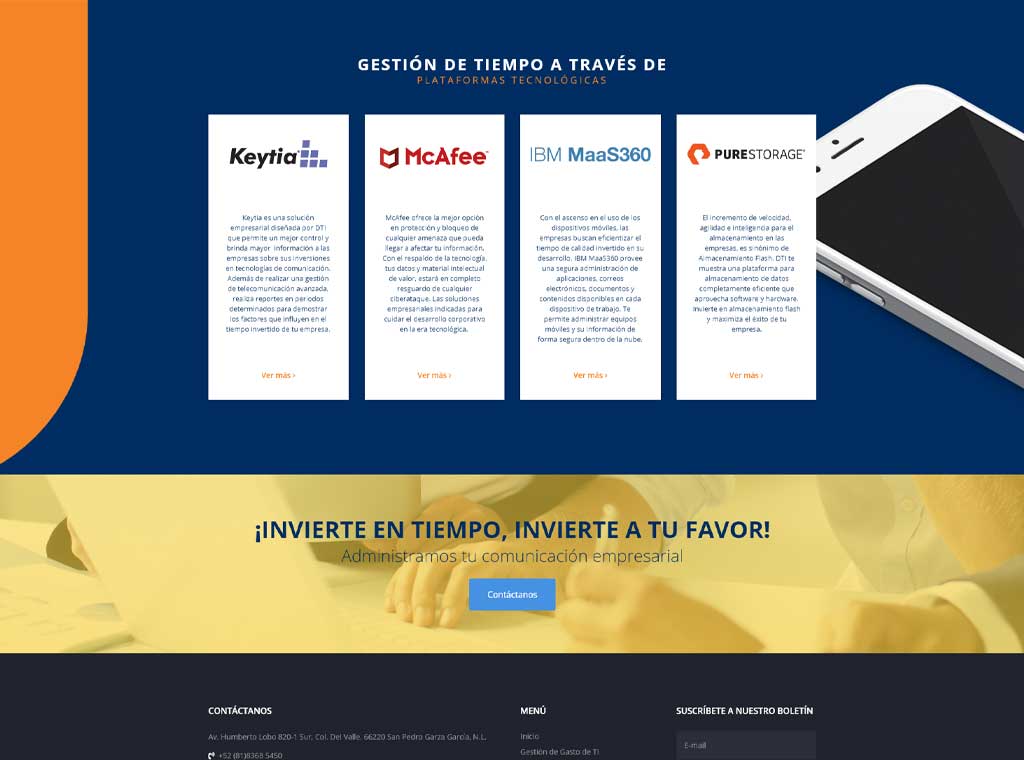
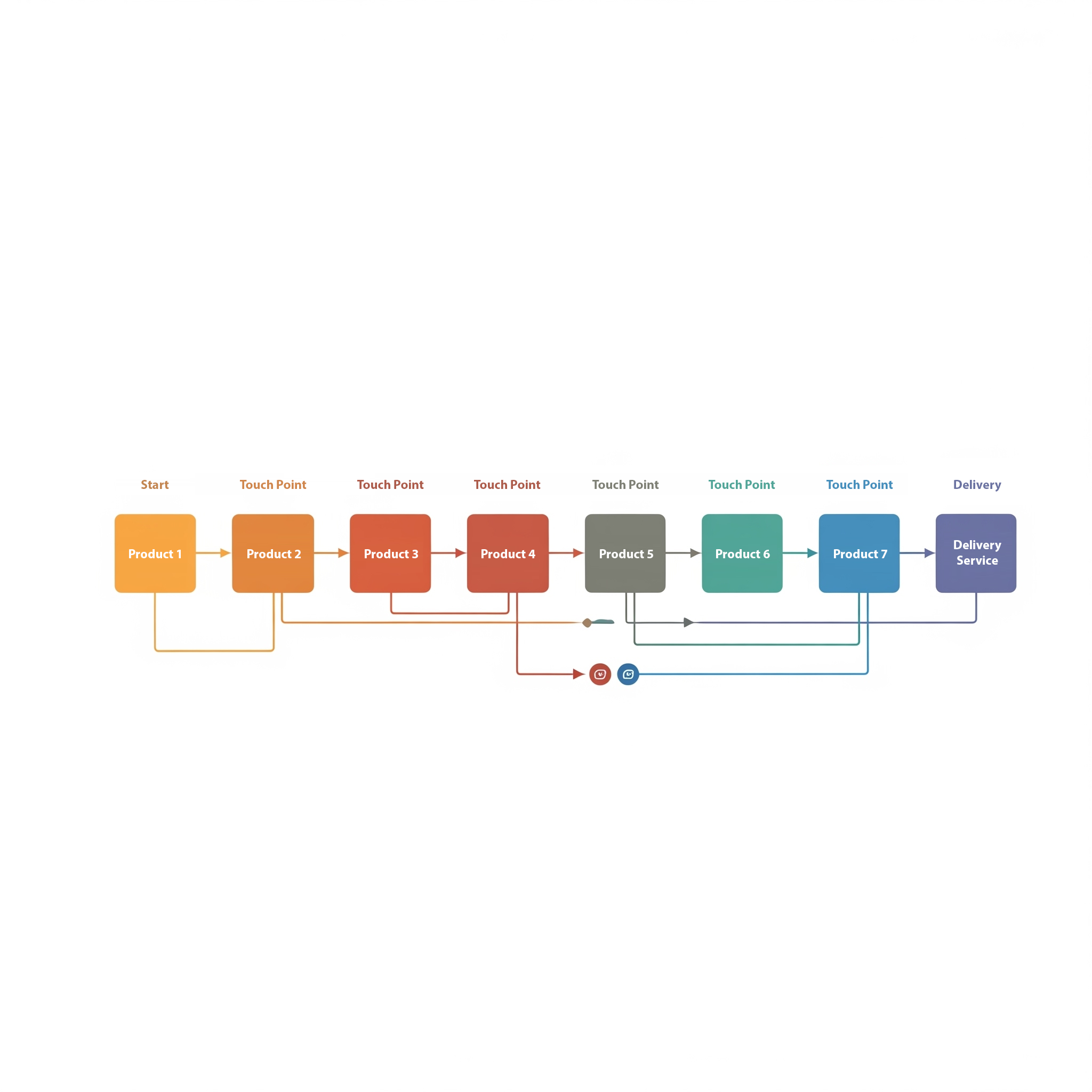
Solutions & Approach
My approach combined strategic design with practical technical considerations:
Impact & Results
While specific metrics are not publicly available due to confidentiality, my contributions to the DTI project resulted in:
